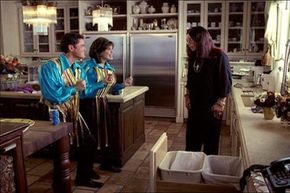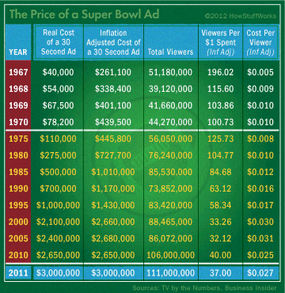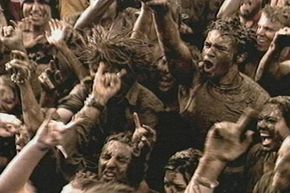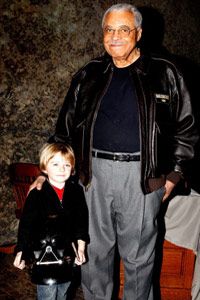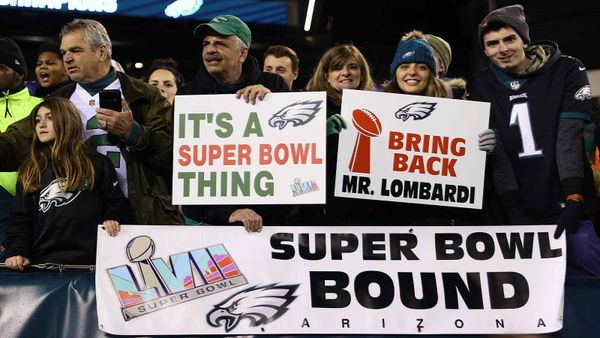The Super Bowl has become much more than a sporting event and the culmination of the NFL season. It's become a cultural phenomenon, a pop culture bellwether that more than 111 million Americans watched in 2011[source: Klayman]. That's more than one third of all the people living in the U.S. at the time. If you have a message you want to get across to America, there's no bigger stage. Run your commercial during the big game and you'll access not only all the sets of eyes watching, but all the Monday morning water cooler (or YouTube) talk that a creative ad can generate. Ask a non-football fan how they'll be spending Super Bowl Sunday and you're likely to hear, "I'll be watching it for the commercials."
How did this happen? How did commercials, relegated 364 days of the year to mere irritants, excuses to head for the kitchen and make a snack or fast-forward the DVR, transform into must-see-TV? That's what we're going to explore in this article. In 1967, the first Super Bowl commercials cost $40,000 for a 30-second spot. That's about $261,000 when adjusted for inflation [source: Baumer]. 2011's ads cost roughly $3 million each -- and that's just the cost of the ad time itself. Add in the cost of the advertising agency and the production cost of filming the commercial, plus the overall advertising campaign (which might include magazine ads, billboards, or other commercials run before or after the Super Bowl), and you're looking at one very expensive message.
Advertisement
Let's break down Super Bowl commercials one piece at a time. How much do they cost, and why do they cost that much? Where does the money go? After that, we'll look at the cultural impact of Super Bowl commercials. Which ones are the most famous? Which are the best and worst? How has watching the Super Bowl (and its commercials) changed over the years?
